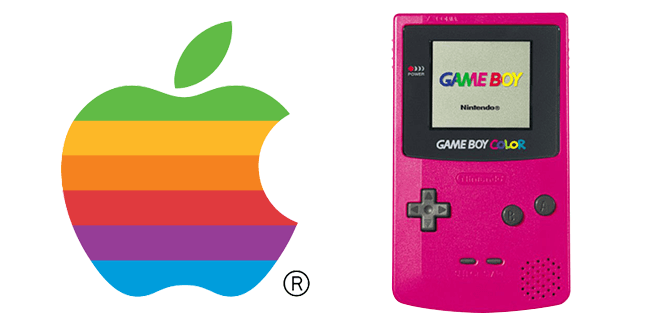The Taste of Color
Ever present and powerful, color can influence emotions, actions, and perceptions. For instance, it is known we taste with our eyes. This means the color of food impacts our ability to judge the quality, quantity, and taste of what we eat. Consider the many times you’ve checked if meat is still red or an avocado green when sliced open.
We are constantly evaluating foods based on their hue. Numerous CYAN-tific studies have shown that colors alter the perception of flavor when colored differently than expected. For example, a cherry flavored drink colored green may taste like lime instead. Some studies have even shown that food bathed in blue light can decrease your appetite. It appears our guts have a bad gut feeling when it comes to blue food since naturally blue colored foods are rare. And I know you are thinking, “what about blueberries?” Blueberries are actually deep purple, which is the color of anthocyanin, a pigment that is especially prevalent in blueberries.
However, the truth of the matter is that no matter what color your food is, feelings about color are often deeply personal and rooted in culture. It would be a HUE-ge mistake to assume everyone perceives color the same way. Some examples: in Western cultures red represents danger, love, and excitement. In Eastern and Asian cultures, red represents fortune and celebration and is often worn by brides — as white symbolizes death and mourning.

Color Through the Decades
While colors have a variety of associations and different meanings across cultures, there are key color trends that arise from changes in a country’s economic, political, or cultural landscape. From the classic pink of 1950’s poodle skirts to “Millennial Pink”, color trends are a reflection of the times. For example, the recession in the early 1970s (which put an end to the overall Post–World War II economic expansion) ushered in a palette of safe, comfortable earth tone colors. Everything from kitchen appliances to fashion became swathed in avocado green and harvest gold. In contrast, the economic upturn and groundbreaking technology of the early 1980s saw bright, vibrant colors. Remember Apple’s iconic rainbow-colored logo or Nintendo’s Gameboy Color?
At the turn of the 21st century, we find ourselves in a time unlike any in the history of humanity. With information at our fingertips and global access to the internet, we are inundated by social and mass media. This acceleration of human interconnectivity has given rise to “Millennial Pink”, which is arguably the most iconic color of the decade. If you haven’t heard of this desaturated, warm tint of pink, you’ve probably encountered it in the movie The Grand Budapest Hotel or with the launch of the “Rose Gold” iPhone circa 2015. Perhaps you own a “blush pink” Away Carry-On suitcase? Millennials have truly claimed this color. As a result, everything from clothes and cosmetics to home décor features this genderless pink.
The Business of Color
According to a widely cited study, “The Impact of Color on Marketing,” people make up their minds about products within 90 seconds. And a majority of that assessment is based on color alone. Organizations like the Color Marketing Group (CMG), the Color Association of the United States (CAUS), the International Colour Authority (ICA), and Pantone Color Institute make it their business to interpret, forecast and select colors with the goal of changing the way we think about color and design trends. By participating as a member of organizations like CMG, agencies like Motion are more equipped to develop brand strategies with relevant color opportunities across industries.
Color Me Impressed
In conclusion, while there are no clear-cut set of guidelines for selecting colors for products or branding, there are cultural perceptions and trends that can help inform brand strategy. By having a deeper understanding of the social, cultural, and political issues that influence color trends, a brand can confidently develop a unique color palette and brand identity.
Color likes to talk, a lot. So let it help tell your brand story.